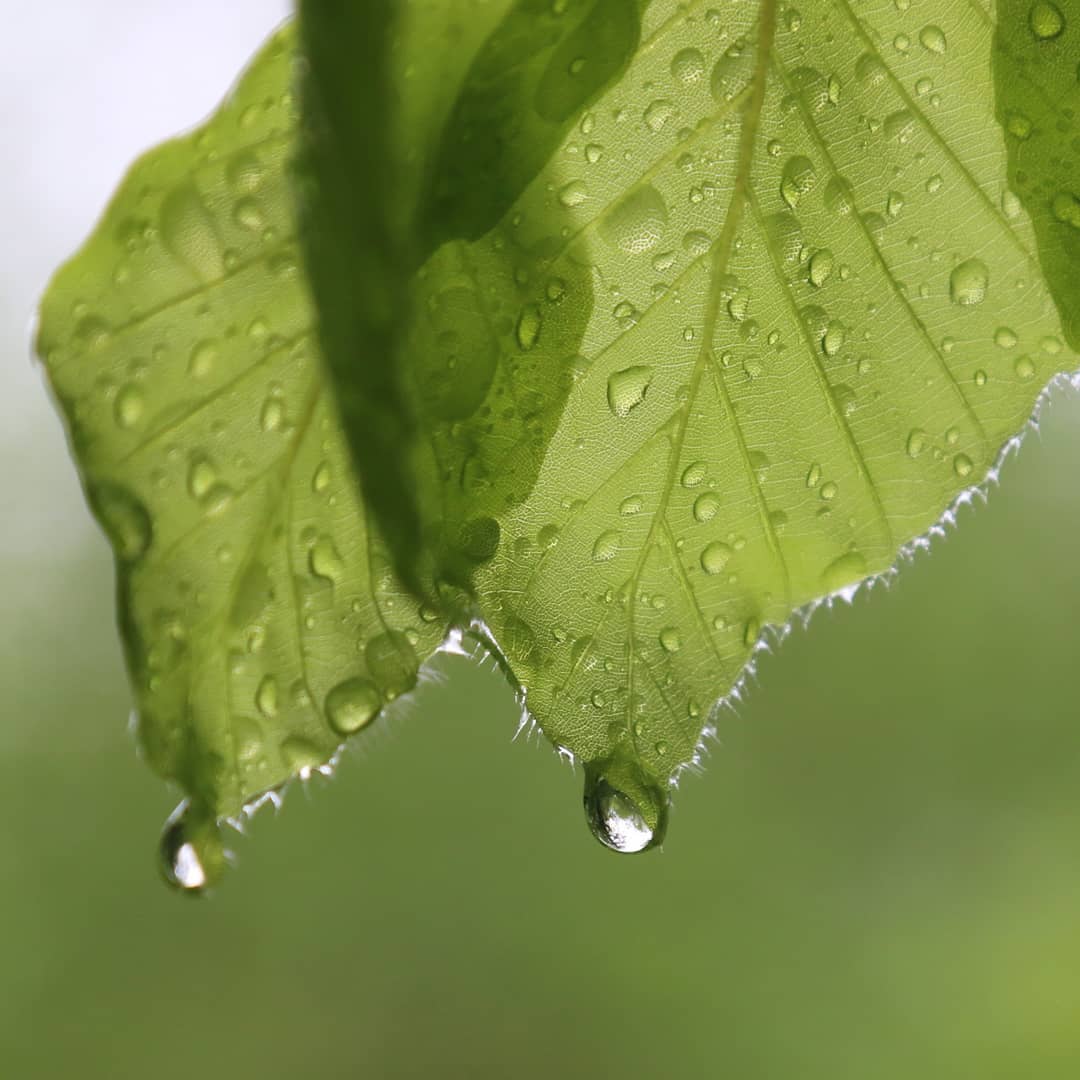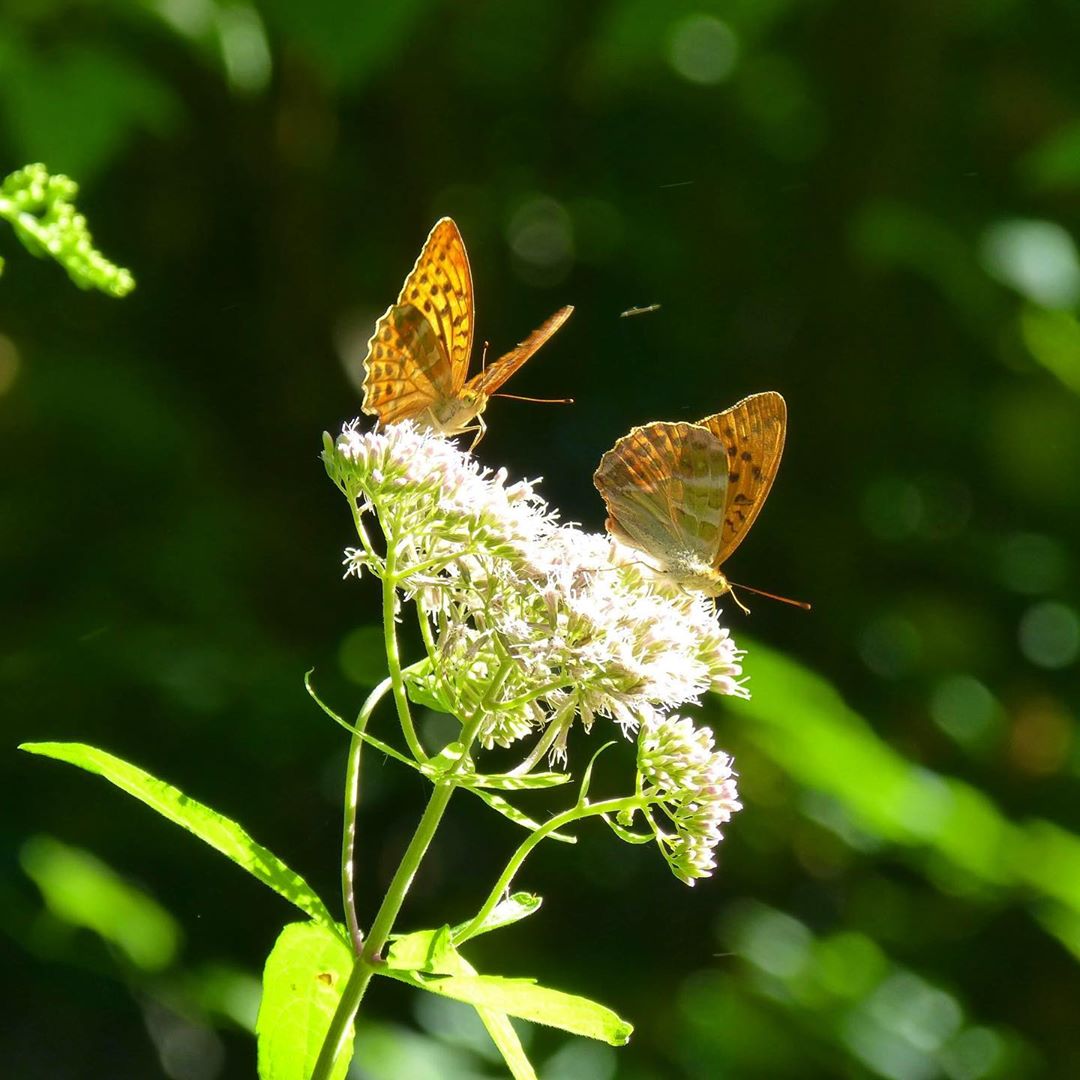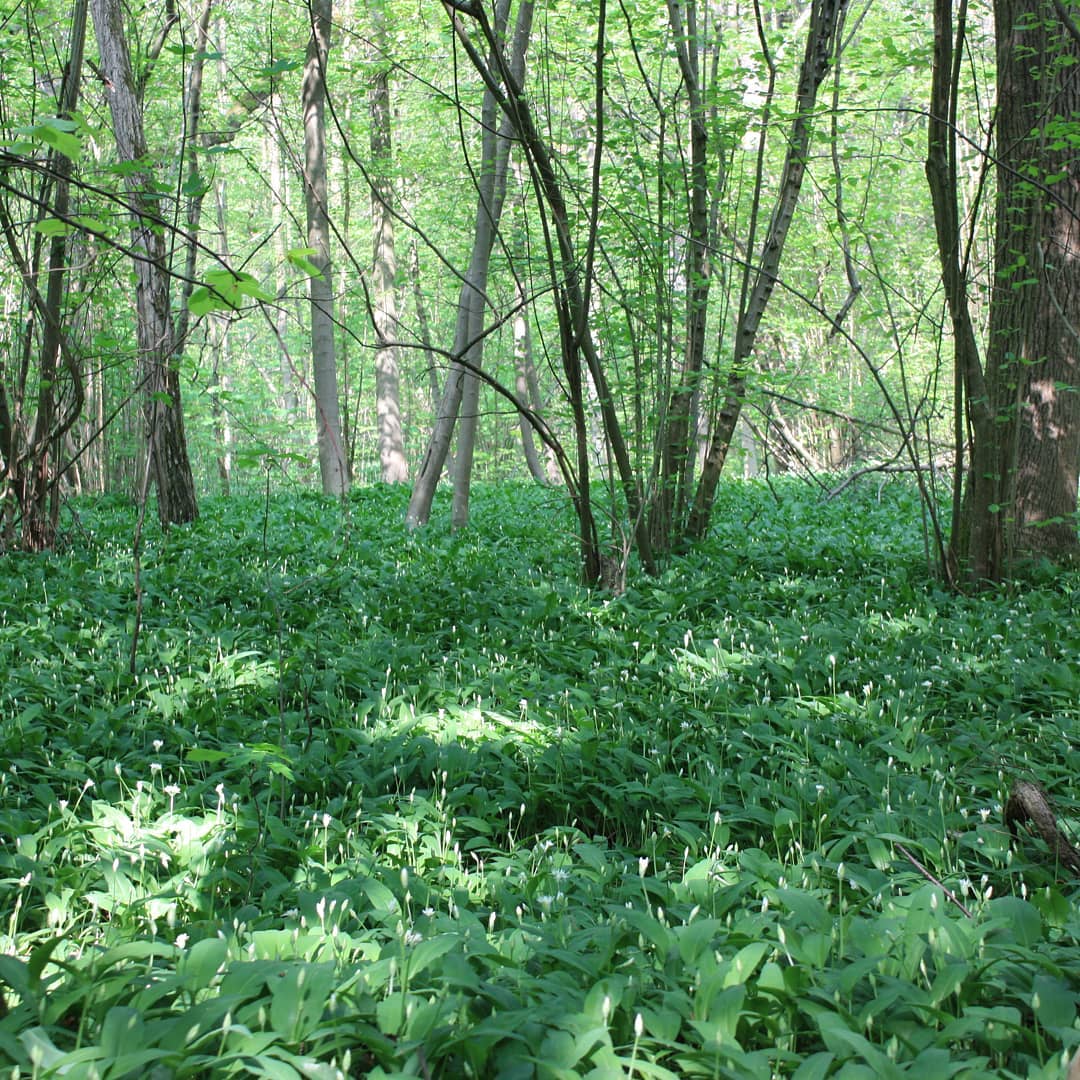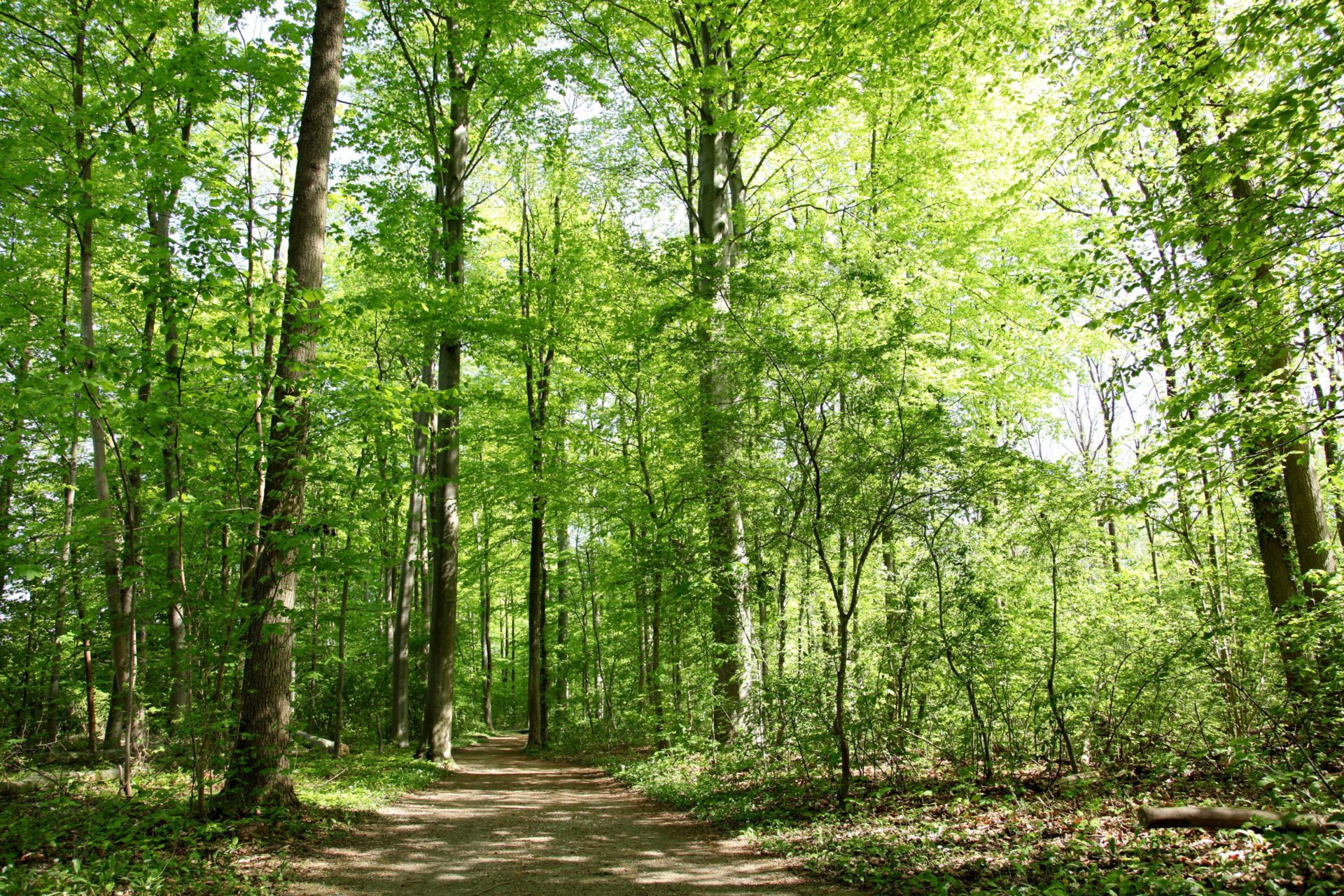Governance and operation
A National Nature Reserve is governed by the French Environmental Code. While complex, this piece of legislation contributes to having a transparent management system and broader stakeholder involvement. The nature reserve classification was awarded to Robertsau-La Wantzenau forest by the government on July 27, 2020.
A National Nature Reserve is a remarkable natural asset recognized at the national French level. Consequently, its classification is decided by the government, by ministerial decree. The government is then responsible for its management which it delegates to a competent local administrator. The management convention sets down the duties under the administrator’s responsibility, for which it receives an annual grant.
The convention of December 31, 2019 named the City of Strasbourg as administrator of Robertsau Nature Reserve. It stipulates the duties assigned by the government of which the priority is to apply and enforce the rules and regulations at the site. The administrator is also responsible for formulating and implementing the management plan, a reference document that defines the long-term objectives and the ensuing interannual action plan.
Renewed every five to 10 years, the management plan is submitted for approval by the CSRPN (Regional Scientific Council for Natural Heritage) for the Grand-Est Region before its implementation. The first management plan was also submitted for approval to the CNPN (National Council for the Protection of Nature) whose role is to ensure the long-term objectives are in line with the conservation aims for France’s natural heritage nationwide.
The nature reserve’s very own parliament, the consultative committee, is represented by all the reserve’s stakeholders. Formed of regional and national government agencies, local elected officials, residents, users and associations, the committee is in charge of monitoring and evaluating the management. The consultative committee gives its opinion on any matter relating to the nature reserve before any decision taken by the prefect or their representative.

The administrator is also supported by the nature reserve’s scientific council. Made up of scientists specializing in the different challenges faced by this classified area, the council is both a resource for making more informed management decisions and a scrutinizing body providing a response to any project that risks contradicting the conservation objectives. Until a dedicated scientific council is established, the CSRPN for the Grand-Est region fulfills this role for Rohrschollen Island Nature Reserve.
Knowledge as a Conservation and Education Tool
The purpose of this research is to identify and monitor the species and biotopes on the site and to evaluate the impact of the management approach on the species and natural habitats.
Surveys
Surveys provide a report on the status of species and habitats at a given time. They are conducted on groups of species or habitats that have never or rarely been studied previously. This targeted research fills in any gaps concerning our natural heritage and updates the information we have.
Surveys are conducted by the reserve’s research officers or specialists as well as passionate naturalists from associations, the research sector or environmental research organizations.
A large number of surveys have been carried out on various groups of flora and fauna in Robertsau Forest for many years. The following surveys have been conducted since 2018:
- Survey and mapping of natural habitats – carried out by the Conservatoire Botanique d’Alsace
- Lichens survey – carried out by a German scientist
- Bryophytes survey – carried out by a volunteer naturalist
- Survey of coleoptera (beetles) and Saproxylic insects – carried out by a bat research organization
These surveys have also uncovered new species at the regional and even national level.
Monitoring
At Robertsau Forest, the monitoring currently underway is used to assess the management practices in place:
- Monitoring of the development of vegetation in the Highland cattle pasture
- Monitoring of heritage flora stations
- Monitoring of plants communities in the meadows around Robertsau
Monitoring is designed to closely observe the development of the subjects and adjust or correct the management practices implemented where necessary.



